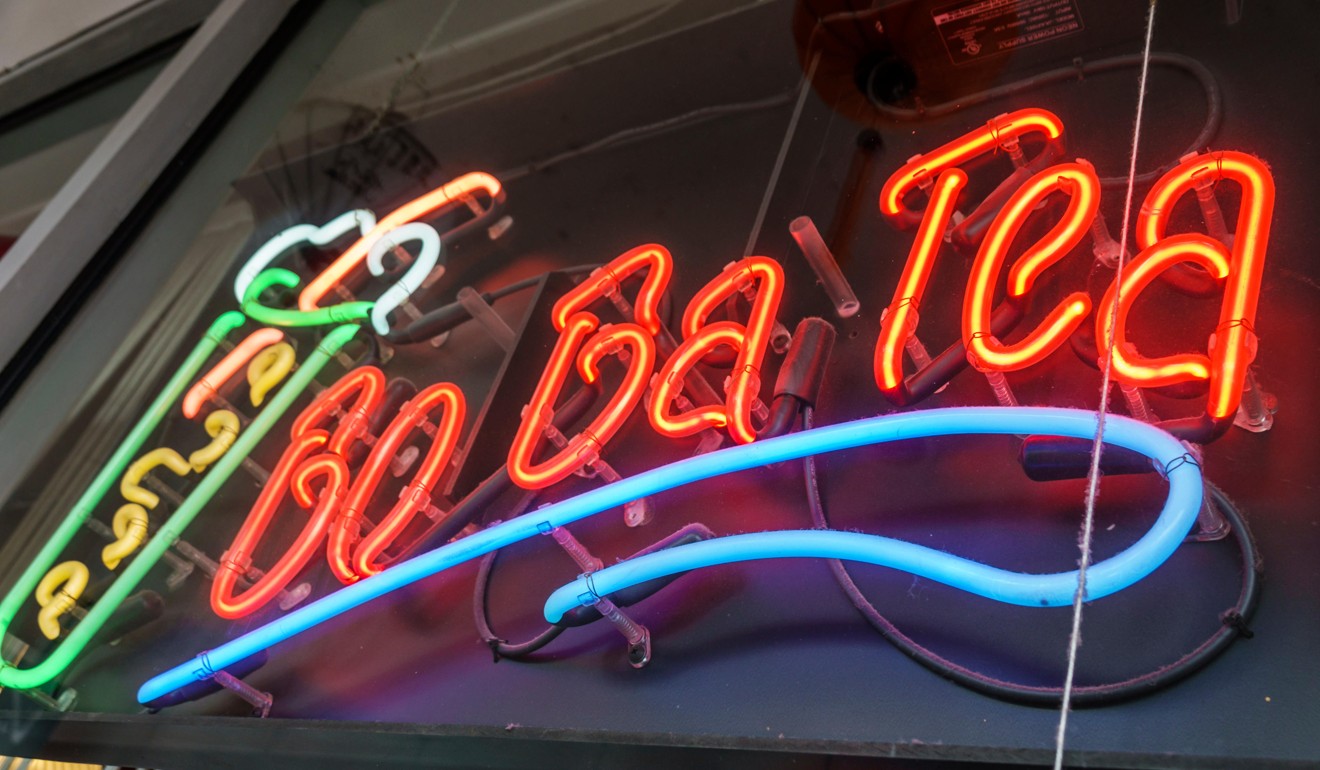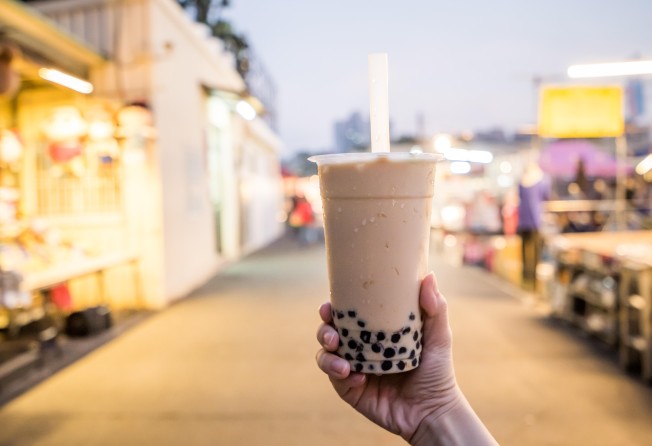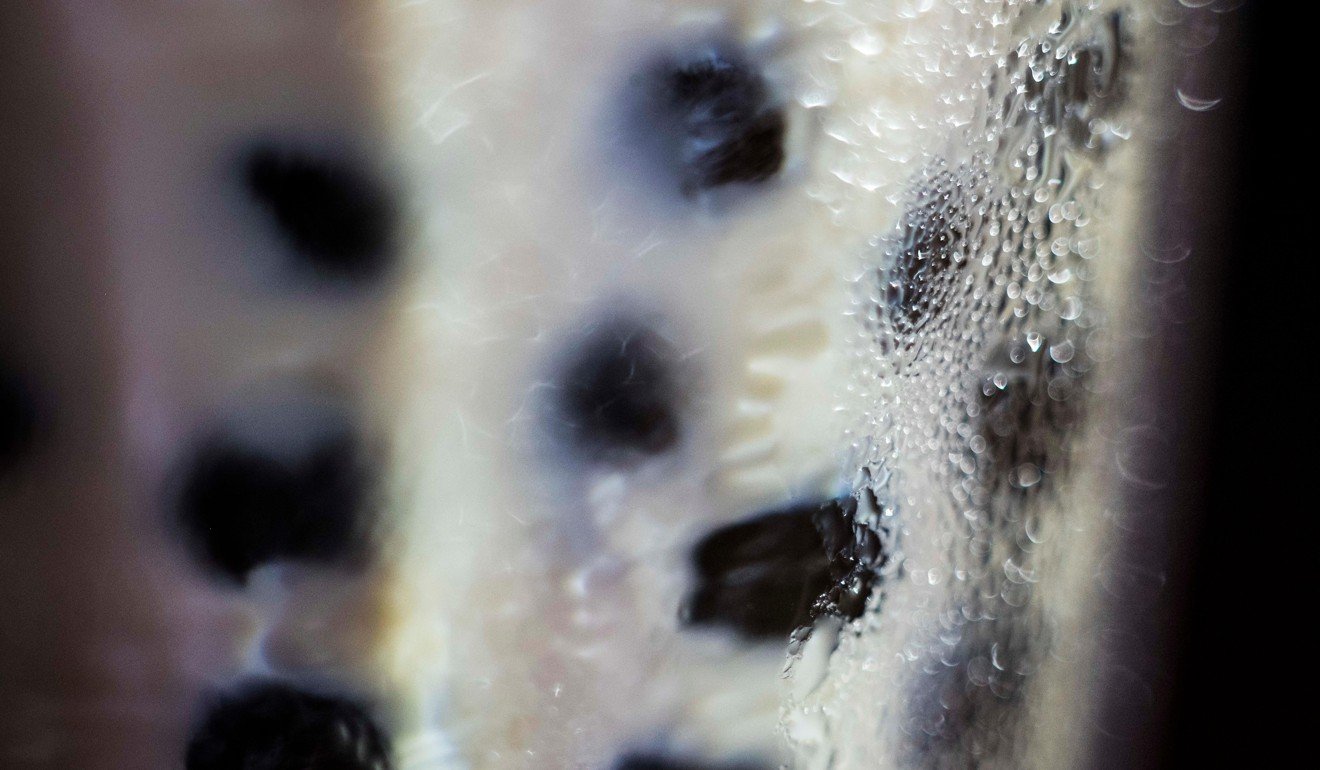
Sugar overload or social media star: is Taiwanese bubble tea good or evil?
- Taiwanese bubble tea has taken the world by storm, and has become an Instagram and Facebook hit
- The tapioca tea, however, is far from healthy, with eight to 18 spoonfuls of sugar in each cup

The summer of 2017 was hectic. It was the exam term, and as students we chased deadlines for essays and assignments and studied hard for exams. Despite all the academic commitments, my friends and I managed to go to the Taiwanese Festival at the University of Warwick in England.
The festival heaved with students from East Asia and many of us grabbed a bowl of braised pork with rice and a cup of a uniquely Asian drink – bubble milk tea with tapioca, often called boba. A frothy combination of tea, milk and extras, boba has fans across Asia. On that hot day, my friends and I sat under a tree, drank our boba, gossiped about our schoolmates and just had fun.
One of my friends living in the US recently went to a wedding in Los Angeles catered by Chatime – the global Taiwanese teahouse chain. Fresh bubble tea was served in lieu of champagne and wine.
“I hope my wedding has boba catered too, because my alcohol tolerance is too low,” I texted my friend, after seeing her posts on Facebook and Instagram.

It is increasingly common for people of East Asian descent to arrange a boba gathering with their friends and loved ones. Boba is seen as a social glue – underpinning the connections between people via boba meet-ups and sharing boba posts on social media.
Bubble tea, boba, or zhen chu nai cha in Mandarin, is a highly caffeinated and sugary drink made from tea, milk, syrup and, a later addition, large and photogenic black tapioca “pearls”.
The chilled drink was invented in the Chen Shui Tang tea shop in the Taiwanese city of Taichung in the 1980s by the owner, Liu Han-chien. Bubble tea has been a phenomenal success, quickly spreading around the world – especially where there are thirsty Asians.
Recently, I was interning as a sociologist at the United Nations in Bangkok. My Thai friends insisted Tiger Sugar – a well-known boba brand region-wide – was very Instagrammable. Despite the long queue and high cost of the drink, we each bought a brown sugar milk tea with tapioca and posted a photo on Instagram. I was happy with the recognition from my followers when they liked my post. “It was a boost of self-worth,” I told my Thai friends.
My friends and girlfriend have always tagged me on boba-related memes and made funny or sarcastic comments – such as talking about my weight gain from my regular boba consumption. The social glue helps ease the strains of work and study, especially when life is hard to take.

For me, bubble tea is more than just a drink. It is a beneficial drink with social values that boost people’s self-esteem and feelings of well-being.
But last month, Mount Alvernia Hospital in Singapore posted an infographic on Facebook. It said one cup of milk tea with tapioca contained the equivalent of eight teaspoons of sugar, and brown sugar milk tea with tapioca had as much as 18.5 teaspoons of sugar. Toppings such as milk foam and cheese foam add at least 180 calories.
That is a concern considering that nowadays there is an emerging trend of “bubble tea challenges”, where people drink four litres (10 large cups) of boba within 12 hours and share their experience on Facebook, Instagram, Weibo, YouTube and elsewhere.
While many Asians are sweet-toothed, we should be cautious about the hazards of drinking too much boba and remember that it could be an obesity time bomb
Advanced boba challenges include the Crazy Raina Boba Challenge in West Covina, California – where customers can win US$50 and a free drink if they finish 10 pounds of bubble milk tea within an hour – and the ultimate boba challenge of drinking 35 large cups of bubble milk tea within 24 hours, popular with YouTubers.
Boba challenges can raise people’s number of followers and likes on social media. But the excessive consumption of such sugary drinks can also jeopardise our health, for example, by increasing the risk of obesity and diabetes.
While many Asians are sweet-toothed, we should be cautious about the hazards of drinking too much boba and remember that it could be an obesity time bomb.

I appreciate the joy and the sense of social connection boba brings me. But doing anything that risks health is both unworthy and foolish.
Boba can be both good and evil. Watch out!
Jason Hung is completing his internship at United Nations Economic and Social Commission for Asia and the Pacific. He works as an assistant country director of China at Global Peace Chain and will soon become a visiting researcher at Stanford University. He is also a Rotary Global Grant Scholar.